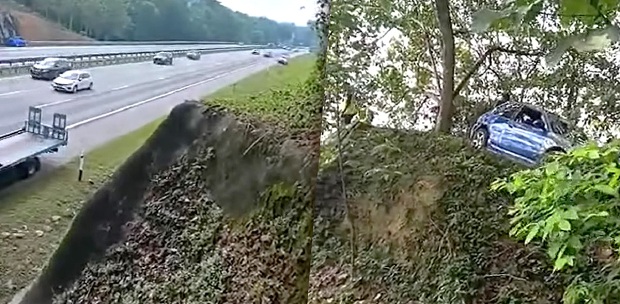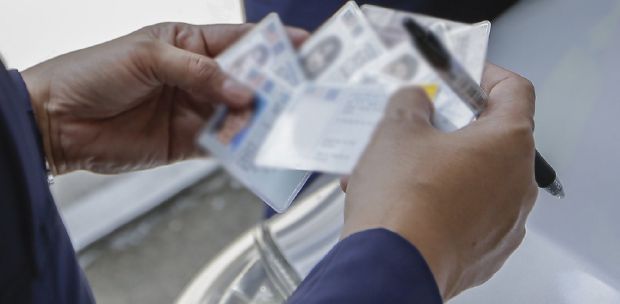I was tickled recently when I read that a survey found that drivers of a certain luxury car brand from Europe tend to have lower IQs. I told myself the survey was probably flawed.
But, after watching video clips of two accidents that happened in Penang and Pahang recently, I'm inclined to think that the survey's findings were not far from the truth. The drivers of that marque often bulldoze their way without a regard for anyone else except themselves.
Perhaps, they forgot this rule of thumb: travel only at that speed if you can stop immediately when an emergency occurs suddenly. If not, don't be that "nut" behind the wheel.
We can see many of these nuts when we drive. The prevalence of many bad road behaviours is perhaps due to lax enforcement and punishment.
Bring on the big stick. But, when this happens, I'm sure many Malaysian drivers will become crybabies, pleading that banning them from driving would be detrimental to their livelihoods because they've 10 mouths or more to feed.
There's also a lack of driving etiquette. In Malaysia, almost everyone seems to be in a hurry to be somewhere. Is our rush due to the fact we've yet to attain developed nation status?
Although we've been told frequently that speed kills, we seem to take an easy-going approach on the matter. Haven't we heard of the year-end discounts on traffic fines, especially for speeding? That actually makes a mockery of the law.
It's high time we tackle bad road behaviour head-on. Our drivers are too ill-disciplined: disrespecting traffic lights, overtaking on the left, hogging the right or overtaking lane, excessive speeding and failure to use indicators when turning.
Many motorcyclists are disinclined to wear safety helmets or ensure their rear lights are bright enough at night.
We've to be mindful that a driver on the road is safe not only when he or she reads the road signs, but obeys them. A study by the UCSI Poll Research Centre found that 67.4 per cent of Malaysian road users who don't feel safe on the road say they've little confidence that others would abide by traffic rules.
Take for example this almost everyday occurrence: meeting a road-hog, someone who puts others at risk by cruising nonchalantly on the right side of the road, usually within or below the speed limit to show that he or she is a law-abiding motorist!
The fact that he or she is holding up 20 or 30 cars at the back doesn't bother him or her at all because of a number of reasons: I'm within the speed limit, I've paid the road tax and I'm paying the toll, too!
When such a situation arises, chances are that someone in a great hurry will try something bizarre: tail-gating to scare the road-hog off the overtaking lane or nothing happens because the person in front won't budge.
An accident may happen because someone tried to overtake from the left or emergency lane at great speed. But, this puts other road users in danger because that driver has forgotten the maxim of "a person travelling at the fastest pace may not always arrive at the destination first!"
This is where knowledge and awareness play a strong part. The Malaysian Institute of Road Safety Research (Miros) should study why many Malaysians lack driving etiquette.
Is it the fault of driving schools? Should there be a curriculum revamp to cultivate better attitudes on the road so that we don't record gut-wrenching statistics, like having a dozen people killed daily on our roads?
Miros can reduce the number of road accident deaths by 50 per cent under the Malaysia Road Safety Plan 2022–2030 if an attitudinal overhaul is made.
It's about who we let loose onto the roads primarily because although it takes about 8,500 bolts to assemble a car, you just need one nut to scatter them all over the road.
The writer is a former Bernama chief executive officer and editor-in-chief
The views expressed in this article are the author's own and do not necessarily reflect those of the New Straits Times






